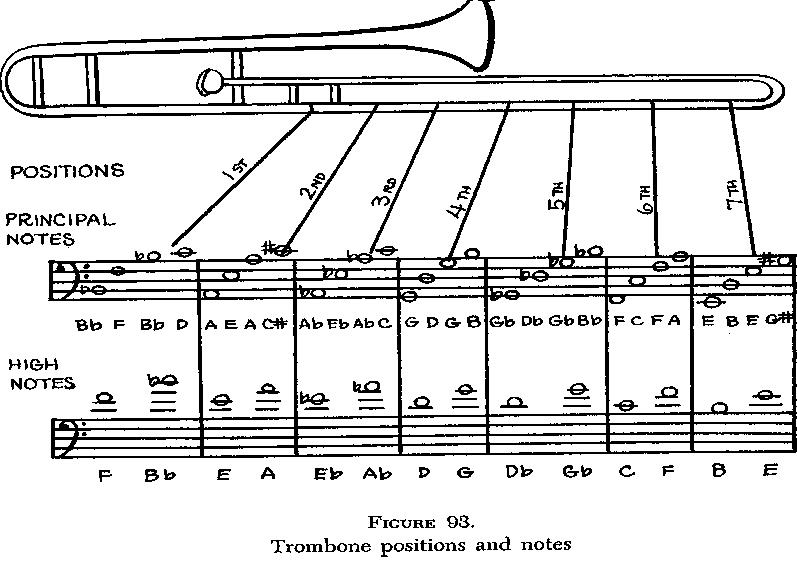Hi Fred,
Your take has a lot of merit. Mine doesn't make much sense (even to me!) if I don't factor in the pedagogical opportunity to understand serial processing better, and the chance to address a general need for more complex functionality than dedicated FPGA logical constructs normally provide (state machines and cascaded modules can only do so much before they too become unwieldy). But it's kind of betting the farm, and one could do as much or likely much more (reverb and other delay effects) with a Beaglebone black lashed to a some circuitry. A lot of it I suppose is the pent up frustration of working for others for so long, doing stuff I didn't care about that much, while my own ideas languished. Making up for lost time with a vengeance!
If very little of the FPGA is being used, it could easily give you a tuner, or do linearization, or handle less critical axes directly. That's what I was doing at first and it was working great before I got so seriously sidetracked.
I think a lot of what we may both be fighting is there is no clear programmable platform that will support 100% of the functions we need, but a few are tantalizingly close. If I had a Cyclone board with a 16 bit stereo DAC as standard equipment I'd likely have more to show-and-tell at this point (big talk!). Instead I'm off chasing wild geese. Another thing I know I'm up against is the entirely adequate products Moog made, and the huge difficulty of bringing anything at all to market in the first place.
But what's super great is, due to the very open collaboration here (and elsewhere on the web) I think we all have a much better sense of what makes a Theremin good, and we have various practical approaches we can put in place to achieve that goal.
Eric


